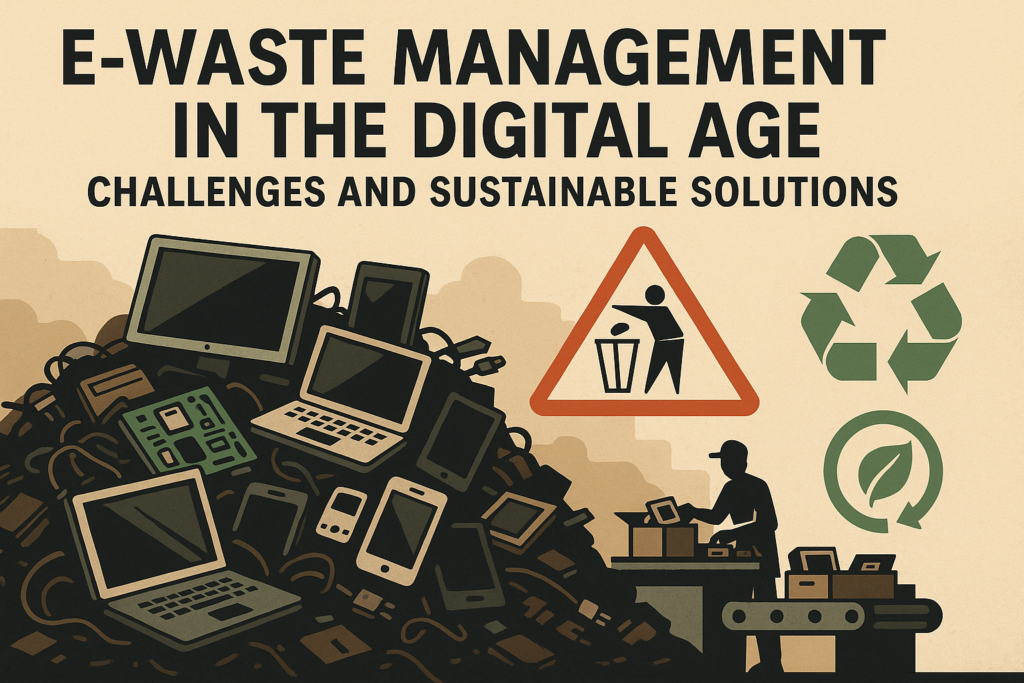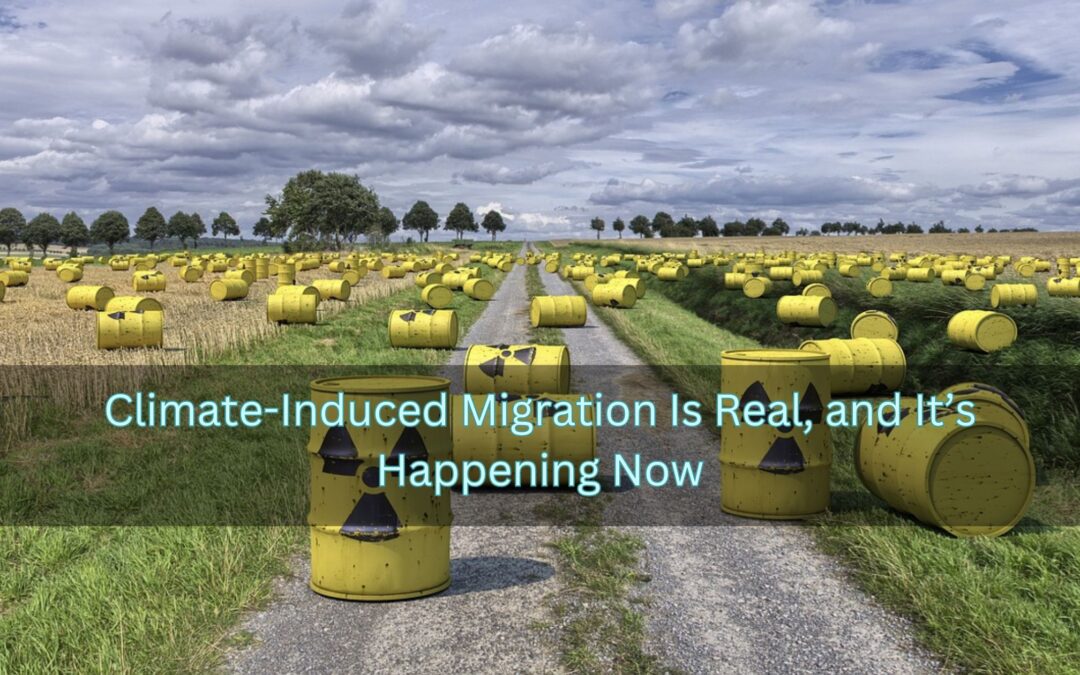Let’s talk— e-waste management isn’t a distant issue. It’s right here, right now, and it’s growing by the second. I’m sure you’ve upgraded your phone or laptop at least once in the last few years. But have you ever wondered where your old gadgets go?
We’re drowning in e-waste—discarded electronics like phones, computers, TVs, and kitchen appliances. And it’s not just trash. These devices are full of hazardous substances that can harm our health and environment if we don’t handle them properly.
E-Waste Management and the Dangers of Improper Disposal
Here’s the ugly truth: many people toss old electronics into trash bins or burn them. In developing countries, this often means toxic chemicals like lead, mercury, and cadmium leach into the soil and water.
That’s poison entering our food, our water, and our lungs. And the ones most at risk? Waste pickers, especially children, who sort through these toxic materials without any protection.
E-Waste Management Faces Infrastructure and Awareness Gaps
Most people simply don’t know how or where to properly recycle their electronics. Even if they did, e-waste recycling centers are often hard to find. Plus, many devices aren’t designed for easy repair or disassembly—so they end up in landfills instead of being reused.
And it’s a shame, because every phone and laptop you toss contains valuable metals like gold, copper, and rare earth elements that we desperately need.
Circular Economy: The Future of E-Waste Management
So, what’s the fix? We need a circular economy—where nothing goes to waste and everything is reused.
Tech companies must lead the way by:
- Designing modular and repairable electronics
- Using fewer toxic materials
- Offering take-back and recycling programs
We as consumers can help by choosing to repair, resell, or donate old electronics instead of tossing them. Sites like Call2Recycle and Earth911 make it easy to find drop-off locations.

Government Policies Matter More Than Ever
Governments have a huge role to play. Through laws like Extended Producer Responsibility (EPR), we can make manufacturers legally responsible for what happens to their products after use.
They can also:
- Offer tax incentives for recycling
- Launch nationwide e-waste awareness campaigns
- Fund public recycling infrastructure
When regulation and innovation work together, real change happens.
Let’s Be the Solution, Not the Problem
Look, e-waste is a serious issue—but it’s one we can tackle together. If you’re a tech user (and let’s face it, you are), you’re part of the system. But you can also be part of the solution.
Start by learning where to recycle in your area. Support businesses that prioritize sustainability. And demand better from your tech providers.
Ready to Learn More?
Join the movement for a cleaner, smarter future.
Visit the EAT Community to dive deeper into sustainable e-waste management and other ecolonomic solutions that help the planet—and your pocket.
Related Articles and References:
- The Carbon Footprint of the Digital Age: Streaming, Data Centers, and E-Waste
- United Nations University – The Global E-Waste Monitor 2020
https://www.itu.int/en/ITU-D/Climate-Change/Documents/GEM_2020_def.pdf - World Health Organization – Children and Digital Dumpsites
https://www.who.int/publications/i/item/9789240023901 - EPA – Sustainable Management of Electronics
https://www.epa.gov/smm-electronics - Earth911 – Find Recycling Centers Near You
https://earth911.com/ - Call2Recycle – Battery and E-Waste Drop Offs
https://www.call2recycle.org/




secular brotherhoods of scribes.